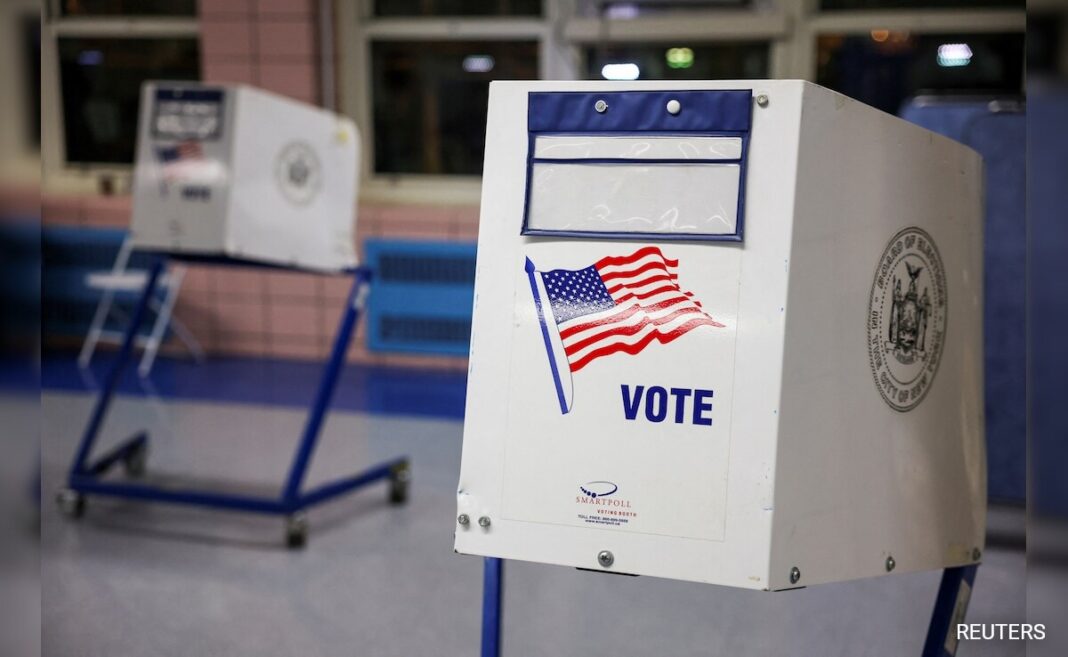[
]

Native Americans practised self-governance on American soil long before the United States existed. Despite their deep-rooted history and contributions, they faced an uphill battle for citizenship and voting rights, a struggle that continued long after the Indian Citizenship Act of 1924. This act, also known as the Snyder Act, granted US citizenship to Native Americans born within the country.
They encountered several challenges, much like African Americans and other marginalised groups who struggled for voting rights.
The Indian Citizenship Act Of 1924
Passed by Congress in 1924, the Indian Citizenship Act legally recognised Native Americans as US citizens. However, the new status did not universally translate into voting rights. Since the US Constitution allows states to regulate voting laws, many states enacted restrictions specifically designed to prevent Native Americans from voting. This state-level control meant literacy tests and restrictive voter qualifications continued to disenfranchise Native voters across the country.
For instance, literacy tests were widely used to prevent various minority groups, including Native Americans, from voting. An article published in The Alaska Daily Empire in 1924 explained how Native Americans were subject to literacy tests despite being newly recognised citizens. This was similar to the oppressive techniques used against African Americans in the Jim Crow South.
Voter Qualifications
In the years following the act, Native Americans faced numerous hurdles in voting. Many states imposed strict qualifications and address requirements, making it difficult for those living on reservations to register and vote. Newspapers like the Papago Indian News reported on these issues, providing important information to Native communities about voting requirements and rights.
In the 1960s, legal battles continued to shape Native American voting rights. A key case in Arizona involved Joseph Montoya, who argued that votes from the Navajo Nation should not be counted because they lived on a reservation. The Arizona Supreme Court ruled against Montoya, affirming Native voting rights. This was an important step, but real change came with the Voting Rights Act of 1965, which addressed voter suppression on the federal level.
Native-owned publications, like the Navajo Times, played a crucial role in raising awareness about voting rights issues. These newspapers reported on legal developments and voting rights campaigns, ensuring that Native voices were heard.
Native Americans Stance In The 2024 US Elections
For the 2024 US elections, Native American voters shared their views at a Donald Trump rally in Albuquerque, New Mexico. Some talked about the need for economic growth in Native communities, supporting Donald Trump over President Biden’s “Build Back Better” plan. While many Native Americans traditionally vote Democratic, some attendees are aligning with Trump this time, particularly on border security. Others are backing Kamala Harris, citing economic concerns and the need for environmental protections for Native lands.


